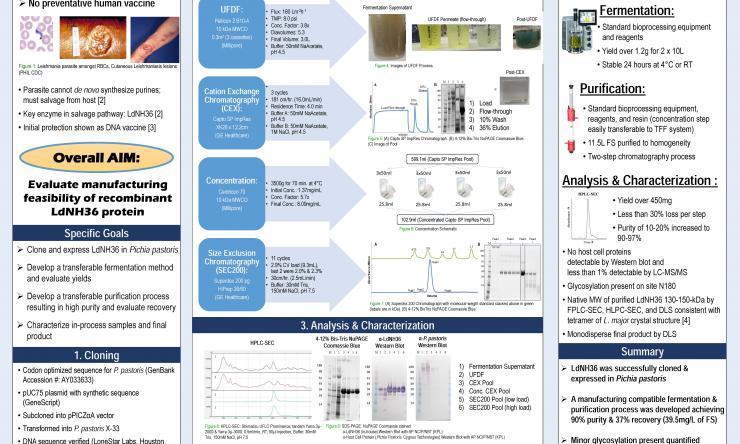Leishmaniasis is caused by a protozoan parasite of the genus Leishmania, transmitted to humans by the bite of a sand fly. Roughly 350 million people are at risk, living in areas that are endemic to Leishmania parasites. The most recent estimates from the Global Burden of Disease Study (GBD) 2015 indicate that an average of more than 24,202 deaths result annually from leishmaniasis and 3.3 million disability-adjusted life years (DALYs) are accrued, ranking leishmaniasis, along with schistosomiasis and hookworm infection, as those neglected tropical diseases (NTDs) with the highest disease burden.
Cutaneous Leishmaniasis, while not typically a life-threatening infection, is a cause of disfigurement and thus stigma, especially for girls and women. The disease has reached epidemic proportions because of the conflicts and public health breakdowns in Syria (where it sometimes known as “Aleppo evil”), Iraq, Afghanistan and elsewhere in the Middle East and Central Asia, and is widespread in the Americas.
A unique product development partnership is exploring prototype combination vaccines against cutaneous leishmaniasis, comprised of recombinant L. donovani NH36 expressed in either yeast or bacteria, together with a recombinant protein encoding one of several different sand fly salivary gland antigens. The sand fly antigens were first developed in the laboratories of Jesus G. Valenzuela and Shaden Kamhawi at NIAID, NIH and shown to be effective in preventing infection, as well as eliciting a potent TH1 adjuvant effect.
Selected Publications

Leishmaniasis vaccine
Purification and Characterization of a Soluble Leishmania donovani Nucleoside Hydrolase Recombinant Protein Expressed in Pichia Pastoris
full poster








